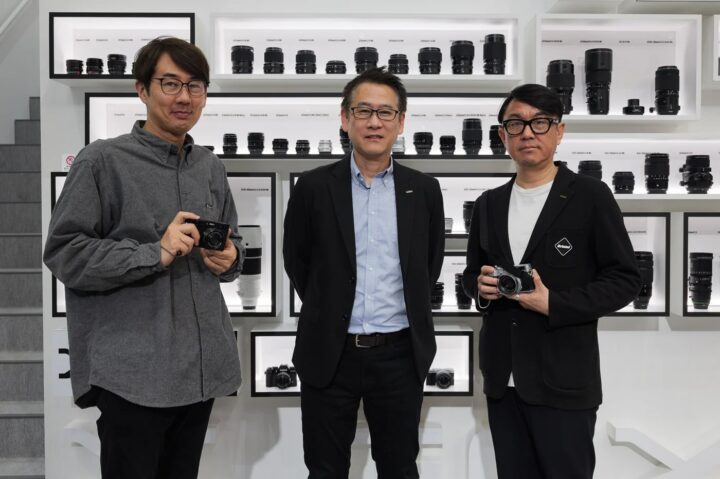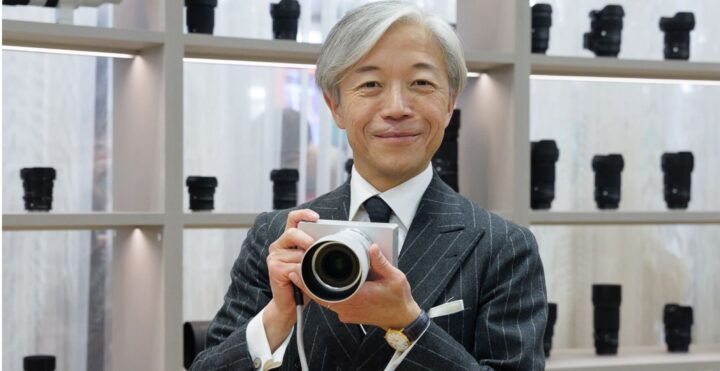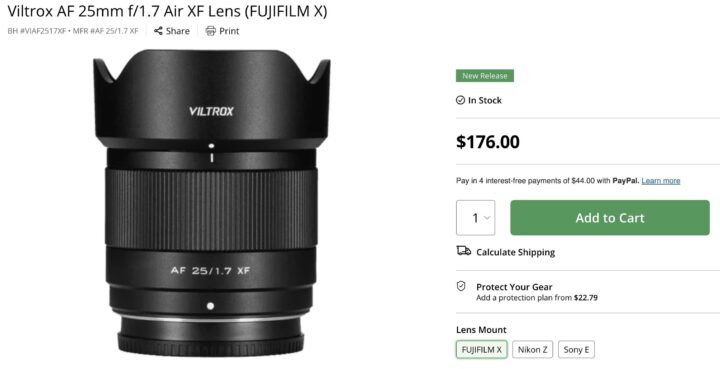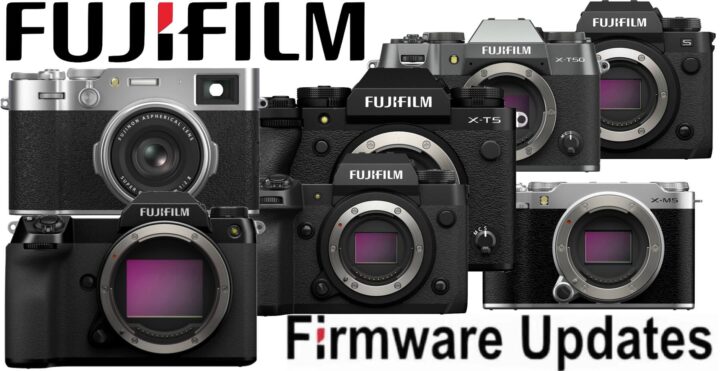Fujifilm Managers “a Bit Scared” by Stacked Sensor GFX, X100VI Production, Fixed Lens GFX and if Skipping Full Frame was Key for Fuji’s Success

The French website photorend interviewed several Fujifilm managers at CP+:
In short:
- Phototrend asks: “was skipping full frame the key to Fujifilm’s success“?
- the managers answer: “I think the current trend has nothing to do with whether or not we avoid full format. The key factor to our success is that we launch attractive products and services that meet the expectations of our customers.”
- among the younger generations and women, the sales volume of Fujifilm products is increasing. They want to capture images that stand out from those taken with a smartphone
- The key to our success lies in the attractiveness of our products.
- China is the engine of Fujifilm’s sales and is at the top of all the countries where we market our products
- Demand for X100VI continues to grow. Fujifilm is making progress in matching demand
- a large format version of the X100 would be very different from the X100
- “even if we had to develop such a product, I don’t know how much bigger or heavier it would be compared to the X100 series.”
- Fujifilm believes that the cinema market is growing strongly, that’s why they make GFX Eterna. This market is therefore just as important to Fujifilm as photography.
- GFX Eterna minimal rolling shutter is 50 ms in full format 4K 16:9. NOTE: Fujifilm managers told CineD that readout speed is 15ms. Probably phototrend made an error with the transcription
- when making MK II lenses like the XF16-55mmF2.8 II, the goal Nr.1 is to improve image quality and resolution, followed by reducing size and weight, and then optiomize autofocus and ergonomics.
- the goal is to maximize the benefits of the APS-C system with compact optics.
- Fujifilm does not consider the Fujifilm X-M5 an entry level camera. It is essential for Fujifilm to attract new users.
- As far as GFX for sports goes, currently Fujifilm is working on increasing bursts rates and optimizing autofocus to make sports photography more accessible to GFX shooters
- the Fujifilm manager says he would love to see stacked sensor technology arrive to GFX. But he doesn’t know how much it would cost… “it scares me a little“!
- Fujinon GF/XF 500mmF5.6: sharing the design is a brilliant idea (except for rear optical parts of the lens, where design is different due to different sensor size).
- For fixed-focal length telephoto lenses, the size is determined by the aperture and focal length, not by the size of the sensor.
- AI can be used for image quality, autofocus, stabilization, video, automatic white balance, exposure, distortion compensation, subject detection and more
- For Fujifilm it is important to have direct communication with its customers
- At the X-Summit in Tokyo, Fujifilm asked participants to vote on lenses Fujifilm should develop. “Direct communication with customers is a fundamental principle for us. We really want to understand what lenses are interesting for photographers“.
- “Of course, we cannot meet all market demands—we also have to take commercial considerations into account—but we prioritize our customers’ expectations.”



